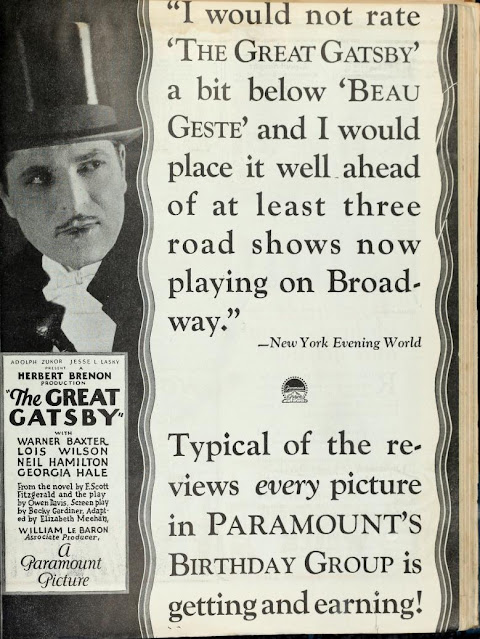Here's the latest batch of links to just-published Alabama history and culture articles. Most of these articles are from newspapers, with others from magazines and TV and radio station websites. Enjoy!
| "Boys of Alabama" By: Genevieve Hudson “Boys of Alabama” is Genevieve Hudson's first novel but third published book. In each the reader can see the development of a bright, sensitive and ... |
| Steve Flowers: Why George Wallace said 'no' to US Senate This will never be matched again in Alabama history. Indeed, it would be difficult to find any U.S. Senator in history with that resume. In short, Shelby's ... |
| In historic election, SBC Executive Committee elects first African American chair Outgoing chair Mike Stone called for a ballot vote, he said, to mark the historic moment. (BP photo). The Southern Baptist Convention Executive ... |
Hoover Historical Society asks Hoover residents to share their pandemic stories
HOOVER, Ala. (WBMA) — As we know, we're living in unprecedented times. What we're going through will be important for future generations to be ...
| Historical home destroyed by fire in Phenix City (WRBL) – A historic Mansion in Phenix City, Alabama experienced a major fire Tuesday night. The house sits along 20th St. and 9th Ave. Fire crews ... |
| Here are Alabama's next 10 natural wonders and how you can help protect them Can we repeat history? We think so. In this, our third and final installment about Alabama's Natural Wonders, we asked Ken Wills, the AEC staffer who ... |
| What is Flag Day and what Alabama city is known as the City of Six Flags? In Alabama's history, many flags have flown over the state. Six of these flags have flown over Mobile, giving the city its nickname, the City of Six Flags. |
J. Marion Sims statue: A questionable monument in a questionable place
Sims was not from Alabama, and he's buried in New York City, where in 2018 his Central Park monument ... And Harris still had his book to publish.
The Slave Who Went To Congress
Gaillard says he first learned about Turner while researching a book on the civil rights movement in Alabama. That research took him to Selma, where ...
| Brundidge Historical Society talks fall schedule The main topic of discussion was the future of the BHS' annual fall events, the Peanut Butter Festival in October and the production of Alabama's ... |
Fannie Flagg Proves Age Is Just a Number Looking Gorgeous at 75 — A Glimpse into Her Life The Alabama native carved a niche for herself in front of the camera and as a very ... The book was a New York's Bestseller for thirteen weeks. |
































